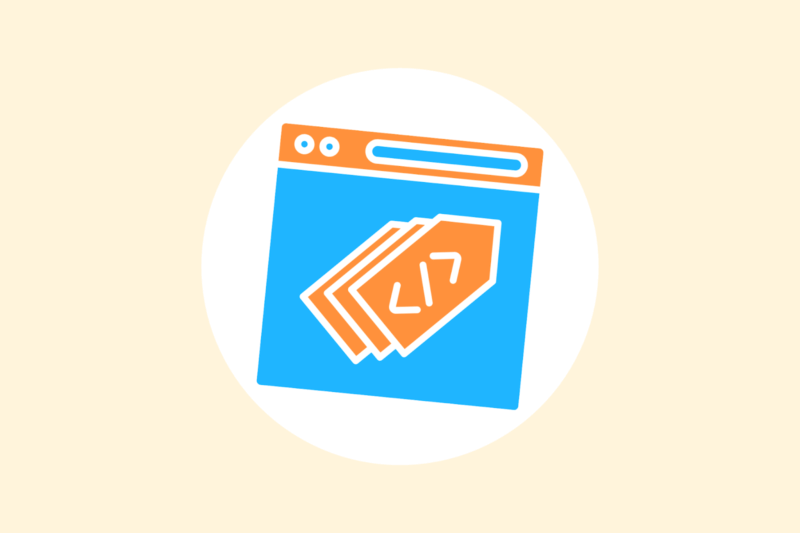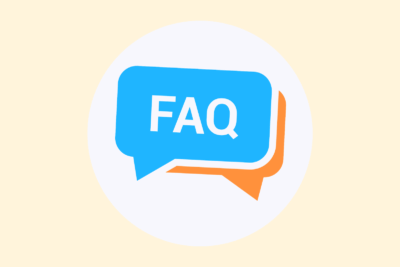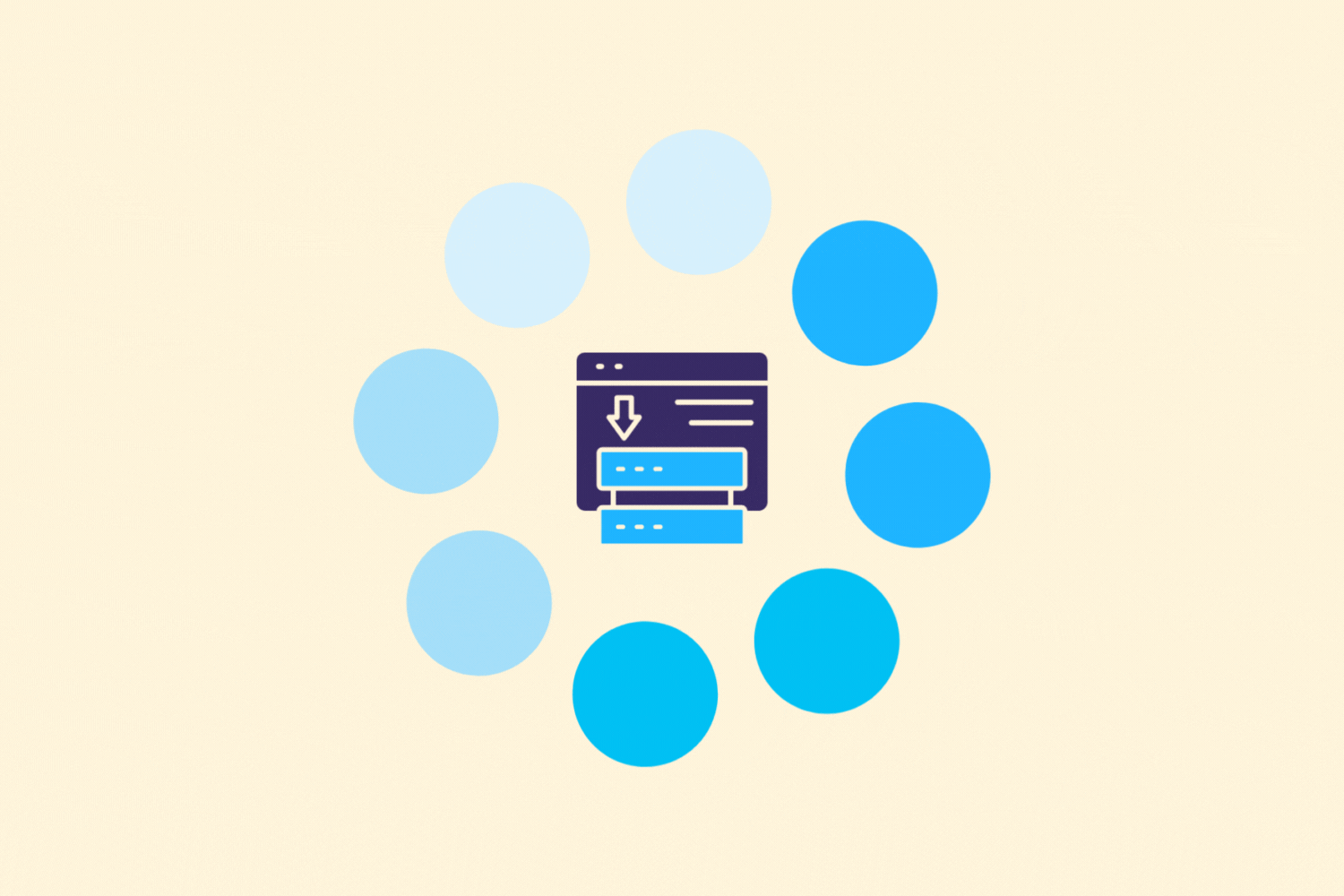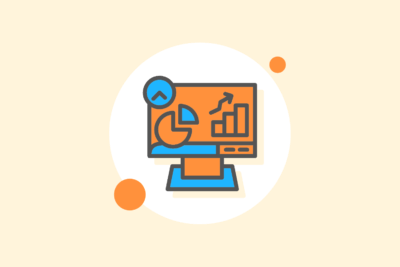Setting canonical tags correctly to avoid duplicate content

Duplicate content is detrimental to your SEO. It dilutes your authority, makes it unclear to search engines which version to index and can lead to ranking loss. Canonical tags are the solution to controlling this problem. In this article, I explain how to set them correctly and what to avoid.
1. What is a canonical tag?
A canonical tag is an HTML element that indicates which URL is the preferred version of a page that contains (potentially) duplicate or similar content.
Example:
html
<link rel="canonical" href="https://www.jouwdomein.nl/originele-pagina/" />
Search engines use this signal to group all variants and show one version in search results.
Canonical tags are relevant at:
- Pagination (e.g., /page-2/, /page-3/)
- UTM parameters or tracking links
- Filter or sort variants (e.g. ?color=red)
- Identical content on multiple URLs (e.g., print versions or landing page variations)
- Cross-domain duplication (if the same content is on multiple domains)
3. Technical implementation (HTML).
You place the canonical tag in the of each page. This can be done manually or through a CMS/plugin.
Standard HTML:
html
<head>
<link rel="canonical" href="https://www.jouwdomein.nl/huidige-pagina/" />
</head>
Every page must contain a self-referencing canonical – even if there is no duplication.
Getting started with SEO? Feel free to get in touch.

4. Implementation in WordPress
Are you using WordPress? Then the canonical tag is automatically generated by:
- Yoast SEO
- Rank Math
- All in One SEO Pack
Always check that the generated URL matches the actual canonical version – especially with custom post types or dynamic content.
5. Multiple pages with the same content?
Suppose you have a product page accessible via:
- /producten/seo-tool/
- /shop/seo-tool/
- /seo-tool?ref=partner123
→ All pages then get the canonical to:
html
<link rel="canonical" href="https://www.jouwdomein.nl/producten/seo-tool/" />
Note that this must be done consistently or Google will ignore the tag.
6. Common mistakes
| Error | Consequence |
| Canonical to wrong URL | Unintentionally promoted the wrong page |
| No self-referencing canonical | Search engines doubt primary version |
| Multiple canonicals on one page | Google ignores both |
| Canonical on 404/noindex pages | Attenuated signal – placing canonicals only on indexable pages |
| Canonical and hreflang combine without correct link network | Confusion over language/regional classification |
7. Combine canonical with other SEO elements
- Sitemaps: include only canonical URLs
- Hreflang tags: use the canonical to the language variant of the page itself
- Redirects: avoid canonical and redirect together (choose one method)
8. Testing and verification
Use these tools to test your canonical tags:
- URL inspection in Google Search Console
- Screaming Frog > Canonicals-tab
- Ahrefs / Sitebulb / Sitechecker
- Chrome DevTools > View Source / Inspect > Search for canonical
In conclusion
Canonical tags are essential to concentrate SEO value and avoid confusion for search engines. By applying them consistently and correctly, you proactively manage duplicate content and ensure that your preferred URL ranks better in Google.






